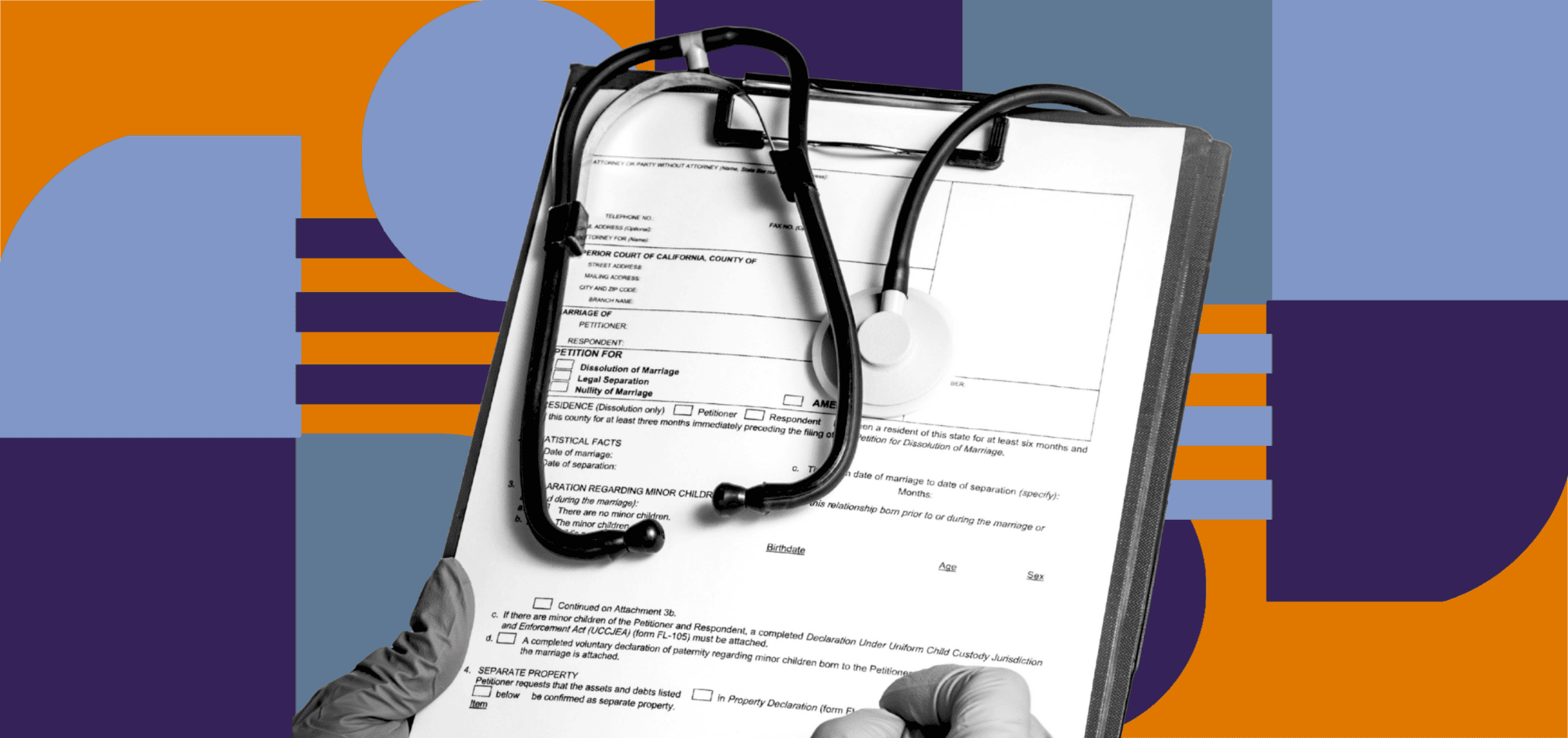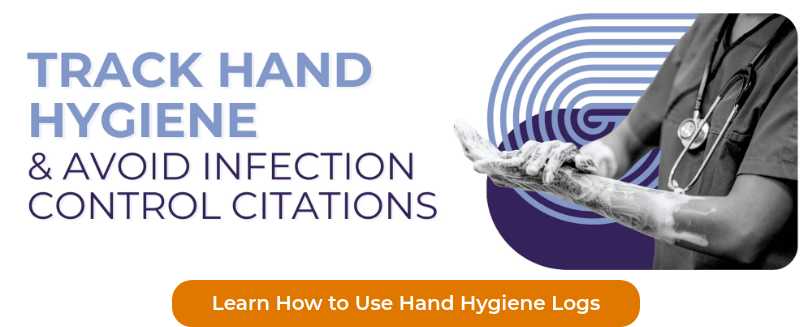How Should Home Health & Hospice Agencies Conduct Chart Audits?
September 22nd, 2025
4 min read
By Abigail Karl

You already know how much stress charting creates. Your clinicians are working long hours, patients need urgent attention, and documentation piles up. Then survey, or an ADR request, comes and you have to prove your agency is compliant.
If any of your records have missing signatures, delayed notes, or gaps between the plan of care and actual visits, your agency is facing serious deficiencies.
This is where chart audits can help. Chart audits are your best tool for catching problems before a surveyor does. And beyond compliance, chart audits improve care quality by making sure the patient’s story, plan, and outcomes are complete and accurate.
*This article was written in consultation with Mariam Treystman.
At The Home Health Consultant, we’ve supported hundreds of Medicare-certified home health and hospice agencies through surveys and compliance reviews.
In this article, we’ll explain everything below:
- What Are Chart Audits in Home Health & Hospice
- What Are CMS Chart Audit Requirements for Home Health & Hospice
- How To Select Which Charts to Audit for Home Health & Hospice
- What Tools To Use When Auditing Charts in Home Health & Hospice
- What Elements Should Be Checked in Chart Audits
- How To Use Chart Audit Data in Your Agency’s QAPI Programs
- How Do Surveyors Review Your Chart Audit Process
By the end of this article, you’ll have more direction, confidence, and clarity, when implementing chart audits at your agency.
What Are Chart Audits in Home Health & Hospice?
A chart audit is a structured review of patient records. Another common name for a chart audit is a clinical record review. Chart audits and clinical records reviews check for compliance with:
- CMS Regulations
- Your Accreditor’s Standards
- Your Agency’s Policies
There are two types of chart audits, and both are necessary:
- Active Chart Audits: conducted while the patient is still on service.
- Benefits: Allow you to catch problems early, like missing orders or incomplete notes.
- Limitations: Documentation may lag by up to 7 days, so you may not see the full picture.
- Discharge Chart Audits: completed after a patient has been discharged, providing a full view of care across all disciplines. These reveal patterns of late notes, missed supervisory visits, or communication breakdowns between disciplines.
Strong agencies utilize both active chart audits and discharge chart audits. Active audits let you fix problems in real time, while discharge audits give you the full “start-to-finish” compliance picture.
What Are CMS Chart Audit Requirements for Home Health & Hospice?
Chart audits are required under CMS’s QAPI program and annual evaluation process. CMS doesn’t tell agencies exactly how many audits to do, but they do expect audits to be regular and ongoing. In our experience, monthly or quarterly is considered best practice.
*However, some states layer on additional rules.
For example, California requires agencies to audit at least 5% of their active census, with a minimum of 20 charts and maximum of 100. Always be sure to check if your state has any additional requirements that must be met.
How Should Agencies Select Charts for Audits?

You do have flexibility in what charts your agency selects for internal audits. However, surveyors expect your audit sample to reflect the real scope of your care.
To do this, we recommend a mix of two selection methods:
- Random Sampling: ensures fairness and covers a variety of patient types and disciplines
- Targeted Sampling: focuses on more difficult or complex cases. This could be wound care patients, multi-discipline cases, or families known to raise complaints
Surveyors don’t want to see cherry-picking. If your agency regularly admits wound care patients or provides therapy, your audits should include those cases too.
Pro Tip: Using standardized audit forms throughout your agency helps you access the information in an organized and uniform way. It also helps prove that your agency consistently and routinely audits charts.
What Elements Should Agencies Check in a Chart Audit?
Now that you know best-practices for structuring your chart audit process, we can dive into what you should actually be looking for.
A strong chart audit program should cover at least these areas:
- Timeliness: documentation must be completed within 7 days
- Completeness: consents, orders, visit notes, supervisory visits, and other required documents must all be present, and filled out completely. No blanks...
- Continuity: the plan of care must match evaluations and actual visit notes.
- Patient rights: evidence that rights were explained and documented.
- Medication Management: interactions checked, teaching provided, and documentation complete.
- Discipline-Specific Compliance: for example, home health aide supervisory visits must be completed on time.
How Do Surveyors Review Chart Audit Processes?
When surveyors arrive, one of the first things they’ll ask for is your chart audit forms. Here’s what they’re usually checking:
- Were charts selected fairly and representatively?
- Did audits identify real patterns of problems?
- Did the agency take corrective action, like re-education or Performance Improvement Projects (PIPs)?
- *Does your practice actually align with your written policy?
This last point is critical. Whatever your policies say about frequency or content of chart audits, your agency must follow them exactly. If your policy goes beyond CMS requirements, you’re still held to it.
For example: if your policy says you’ll conduct monthly chart audits but in practice you only complete them quarterly, you can still be cited even though CMS doesn’t require monthly audits. In this case, you’d face a deficiency not for failing CMS rules, but for failing to follow your own policy.
Pro Tip: At The Home Health Consultant, we usually recommend agencies avoid using policies that overcommit. The baseline requirements from CMS, your accreditor, and your state are already complex. Your staff’s time and energy is best spent consistently meeting those standards, not chasing unrealistic policy promises.
To learn more about our take on compliance for smaller teams, check out the article below.
How To Use Chart Audit Data in Your Agency’s QAPI Programs?

Chart audits are one of the most important tools to keep your agency compliant. They’re also an essential component of your QAPI program. Data from your chart audits can:
- Highlight gaps in care, like late documentation or inconsistent IDG notes
- Capture things HIS or OBQI reports can’t, such as whether patient teaching is consistently documented
- Provide the raw material for Performance Improvement Projects (PIPs)
All of this data helps you identify what to focus on, and in turn, your QAPIs become all the more effective and efficient.
How Do Chart Audits Strengthen Your Agency’s Compliance & Care?
Chart audits are your front-line defense against survey deficiencies. They catch problems early, protect compliance, and improve patient care.
You don’t need to make chart audits complicated. A structured tool, consistent process, and balance of active and discharge audits will keep you survey-ready.
Chart audits are one critical compliance log, but they aren’t the only one. To learn about another essential compliance practice, read our article: How to Keep Hand Hygiene Logs for Home Health & Hospice Agencies.
*Disclaimer: The content provided in this article is not intended to be, nor should it be construed as, legal, financial, or professional advice. No consultant-client relationship is established by engaging with this content. You should seek the advice of a qualified attorney, financial advisor, or other professional regarding any legal or business matters. The consultant assumes no liability for any actions taken based on the information provided.





